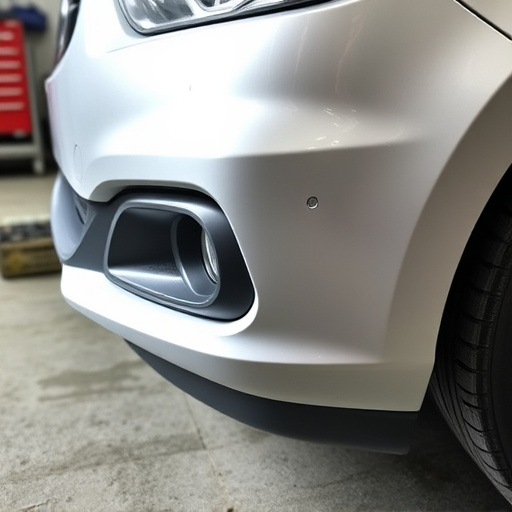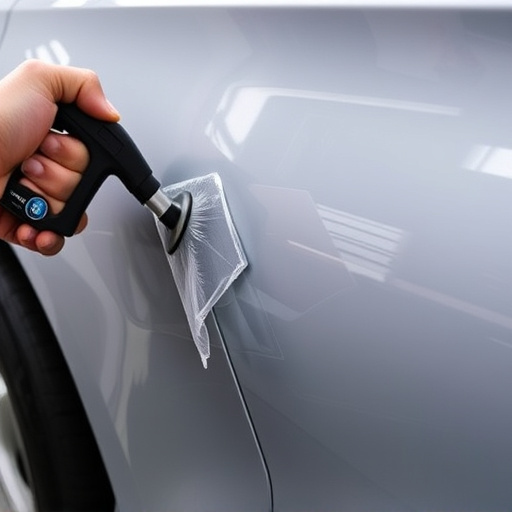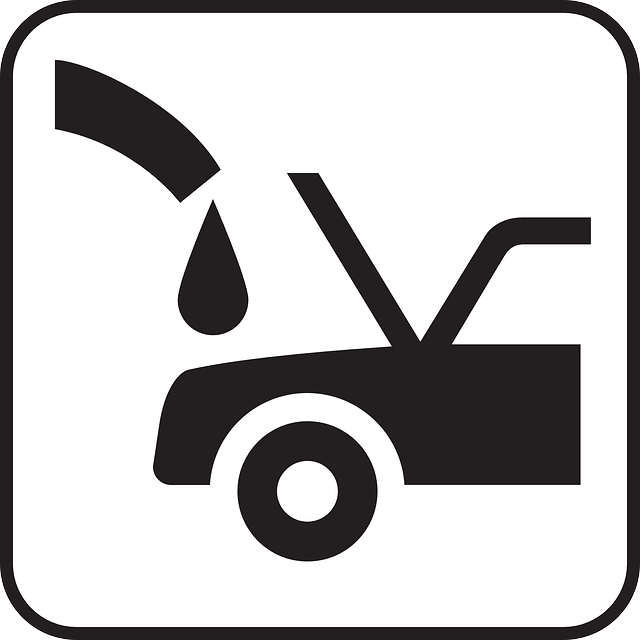Setting up a claims documentation service is vital for automotive repair centers to automate tasks, reduce errors, save time and enhance efficiency in complex repairs, improving customer satisfaction and access to historical records. This process involves assessing current business needs, managing data, keeping accurate records, and effective communication with insurance providers, ensuring smooth interactions through detailed imaging, measurements, and meticulous documentation of vehicle damage and repair techniques.
Are you looking to streamline your business processes and improve efficiency? Implementing a robust claims documentation service is a game-changer. This comprehensive guide takes you through the essential steps, from grasping the fundamentals of claims documentation services to tailoring your setup to unique business needs. We’ll explore how to design an effective process, ensuring accuracy and speed in handling claims. By following these insights, businesses can unlock enhanced operational productivity and customer satisfaction.
- Understanding Claims Documentation Service Basics
- Assessing Your Business Needs for Claims Documentation
- Implementing an Efficient Claims Documentation Process
Understanding Claims Documentation Service Basics

Setting up a claims documentation service is an essential step for any business involved in handling vehicle damage repairs, especially within automotive repair and collision centers. This process ensures that all paperwork related to insurance claims is managed efficiently, providing a streamlined experience for both customers and technicians. The primary goal of this service is to digitize and organize the documentation process, making it faster and more accurate compared to traditional manual methods.
By implementing a claims documentation service, collision centers can automate tasks such as estimating repair costs, generating invoices, and submitting insurance claims. This not only saves time but also reduces human errors that might occur during manual data entry. Moreover, digital documentation provides easy access to historical records, facilitating efficient frame straightening and complex repairs. With the right system in place, businesses can improve their overall service delivery and customer satisfaction, especially when dealing with intricate automotive repair processes.
Assessing Your Business Needs for Claims Documentation

When setting up a claims documentation service, understanding your business needs is paramount. Assessing your current processes and identifying pain points is the first step. If you’re in the automotive industry, for instance, consider the frequency of car body restoration or Mercedes-Benz collision repair services you provide. A fender bender might be a common occurrence, necessitating an efficient system to manage and document these claims effectively.
Evaluating your existing documentation practices, the volume of claims, and the types of repairs will help determine the scale and sophistication of the claims documentation service required. This includes considering data management, record-keeping, and communication with insurance providers to ensure a streamlined process for all parties involved.
Implementing an Efficient Claims Documentation Process

Implementing an efficient claims documentation process is a crucial step toward streamlining your workflow and enhancing customer satisfaction in any automotive service center, be it a vehicle body repair shop or an auto glass repair facility. A well-organized claims documentation service ensures that all necessary details are accurately recorded, facilitating smoother interactions between the shop, insurance providers, and policyholders. This includes meticulously documenting the extent of damage, cost estimates for repairs, and ensuring timely submission of invoices.
For automotive body shops, this process involves capturing detailed images of the vehicle body, recording measurements of dents or scratches, and listing all parts that require replacement. For auto glass repair services, documentation should include types of glass damaged, dimensions, and any specialized techniques needed for replacement. This meticulous approach not only simplifies the claims process but also serves as a valuable reference during the repair work, ensuring accuracy and minimizing errors.
Setting up a robust claims documentation service is a strategic move for any business aiming to streamline its operations and enhance customer satisfaction. By understanding the fundamentals, assessing specific business needs, and implementing an efficient process, you can create a seamless claims handling system. This structured approach ensures that your business not only meets but exceeds industry standards, fostering trust among clients and improving overall operational efficiency. Remember, a well-organized claims documentation service is a cornerstone of successful risk management.














